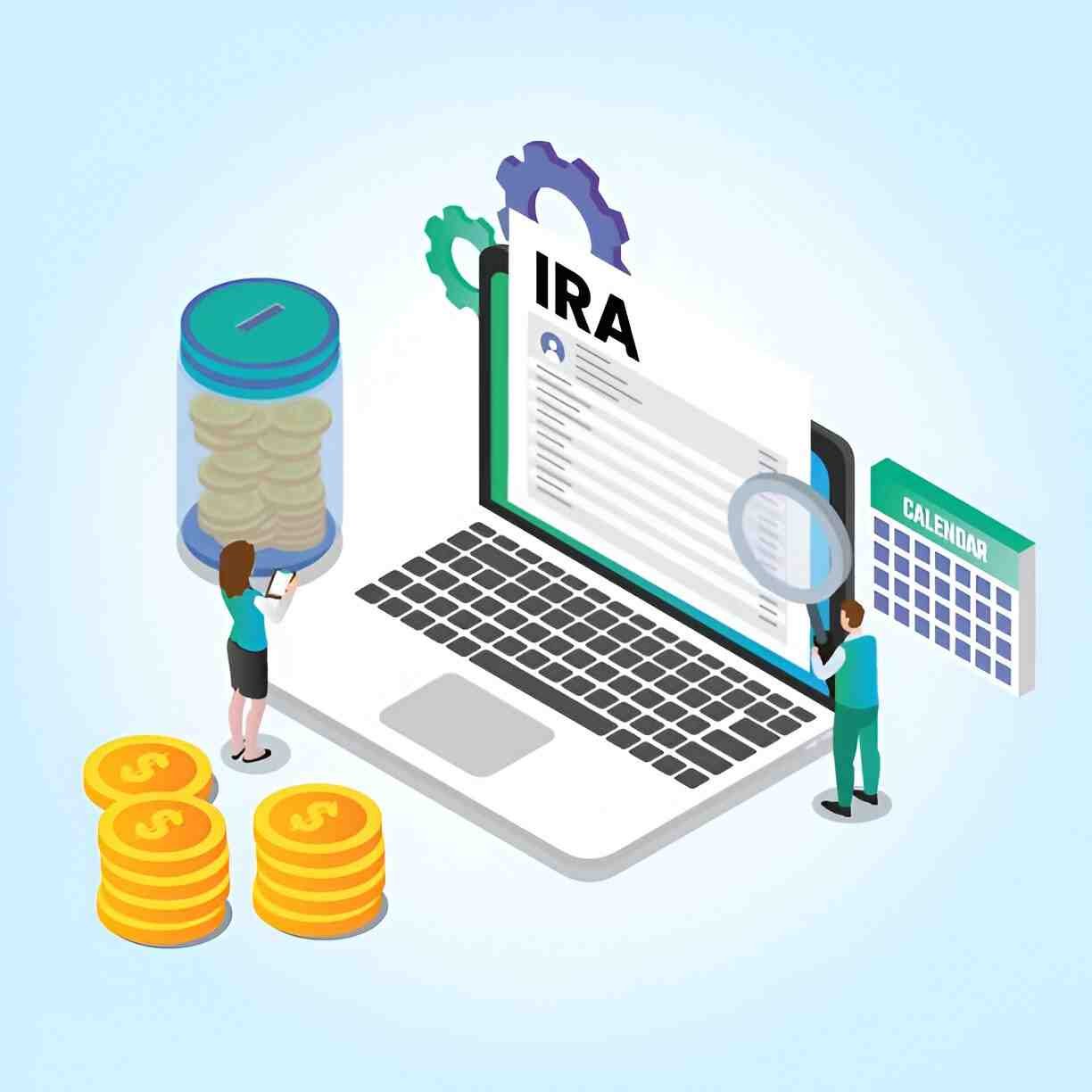As a finance expert, I often get asked about the best investment vehicles for retirement accounts. One option that stands out is no-load mutual funds. These funds offer distinct advantages, especially when held in tax-advantaged retirement accounts like IRAs and 401(k)s. In this article, I’ll break down why no-load mutual funds can be a smart choice, how they compare to other options, and the mathematical reasons behind their efficiency.
Table of Contents
What Are No-Load Mutual Funds?
No-load mutual funds are investment funds that do not charge a sales commission (load) when you buy or sell shares. Unlike load funds, which may charge up to 5.75\% in front-end or back-end fees, no-load funds allow investors to put their entire contribution to work immediately.
Key Features:
- No sales charges – Every dollar invested goes toward purchasing shares.
- Lower expense ratios – Many no-load funds have competitive management fees.
- Transparent pricing – No hidden fees eating into returns.
Why No-Load Mutual Funds Make Sense in Retirement Accounts
1. Higher Effective Returns Due to No Commissions
When you invest in a load fund, a portion of your money goes to the broker rather than the investment. For example, if you invest \$10,000 in a fund with a 5\% front-end load, only \$9,500 gets invested.
In contrast, a no-load fund invests the full \$10,000. Over time, this difference compounds significantly. Using the future value formula:
FV = PV \times (1 + r)^nWhere:
- FV = Future Value
- PV = Present Value
- r = Annual return
- n = Number of years
Assume an annual return of 7\% over 30 years:
- Load Fund: FV = \$9,500 \times (1 + 0.07)^{30} = \$72,245
- No-Load Fund: FV = \$10,000 \times (1 + 0.07)^{30} = \$76,123
The no-load fund provides an extra \$3,878 simply by avoiding the initial commission.
2. Tax Efficiency in Retirement Accounts
Retirement accounts like Traditional IRAs and Roth IRAs offer tax advantages:
- Traditional IRA: Contributions are tax-deductible; taxes are deferred until withdrawal.
- Roth IRA: Contributions are after-tax, but withdrawals are tax-free.
No-load mutual funds enhance these benefits because:
- No unnecessary taxable events – Load funds sometimes encourage frequent trading, triggering capital gains taxes.
- Lower expense ratios mean more money grows tax-deferred.
3. Lower Costs Lead to Better Long-Term Growth
Expense ratios matter. Even a small difference of 0.5\% can have a massive impact over decades.
Example:
- Fund A (No-Load, Expense Ratio = 0.25%)
- Fund B (Load Fund, Expense Ratio = 0.75%)
Using the formula for the impact of fees on returns:
Final\ Value = Initial\ Investment \times (1 + r - fee)^nFor a \$100,000 investment over 30 years at 7\% return:
- Fund A: \$100,000 \times (1 + 0.07 - 0.0025)^{30} = \$761,123
- Fund B: \$100,000 \times (1 + 0.07 - 0.0075)^{30} = \$662,117
The no-load fund yields nearly \$100,000 more.
4. Flexibility and Control
No-load funds allow investors to:
- Adjust allocations without worrying about surrender charges.
- Move money between funds without penalty (important in volatile markets).
5. Avoiding Conflicts of Interest
Load funds are often sold by brokers who earn commissions. No-load funds remove this conflict, ensuring recommendations align with investor interests.
Comparing No-Load Mutual Funds to Other Retirement Investments
| Feature | No-Load Mutual Funds | Load Mutual Funds | ETFs | Individual Stocks |
|---|---|---|---|---|
| Fees | No sales charge | Up to 5.75% load | Low | Brokerage fees |
| Expense Ratio | Typically low | Often higher | Very low | None |
| Tax Efficiency | High in retirement accounts | Lower due to fees | High | High (if held long-term) |
| Diversification | High | High | High | Low (unless diversified) |
| Ease of Management | Easy | Easy | Moderate | Requires research |
Real-World Example: A Retirement Portfolio
Let’s say I’m 40 years old and plan to retire at 65. I invest \$500 monthly in a Roth IRA with a no-load S&P 500 index fund (expense ratio = 0.04%).
Using the future value of an annuity formula:
FV = P \times \frac{(1 + r)^n - 1}{r}Where:
- P = \$500 (monthly investment)
- r = \frac{7\%}{12} = 0.00583 (monthly return)
- n = 25 \times 12 = 300 months
Now, if I had chosen a load fund with a 5\% front-end fee and a 0.50\% expense ratio, the calculation changes:
- Effective monthly investment: \$500 \times 0.95 = \$475
- Adjusted return: 7\% - 0.50\% = 6.5\%
The no-load fund provides an extra \$68,375—just by avoiding unnecessary fees.
Common Misconceptions About No-Load Funds
- “No-Load Means No Fees” – While they avoid sales charges, they still have expense ratios. However, these are often lower than load funds.
- “Load Funds Perform Better” – Research shows load funds do not outperform no-load funds after fees.
- “I Need a Broker to Pick Funds” – Many no-load funds are index funds, requiring minimal oversight.
Final Thoughts
No-load mutual funds are a powerful tool for retirement accounts. They maximize compounding by eliminating unnecessary fees, provide tax efficiency, and align with long-term wealth-building strategies. Whether you’re in a 401(k), IRA, or Roth IRA, avoiding load fees can mean the difference between a comfortable retirement and falling short.
If you’re managing your own retirement investments, I strongly recommend considering no-load index funds or low-cost mutual funds. The math doesn’t lie—small fee differences today lead to significant wealth differences tomorrow.





